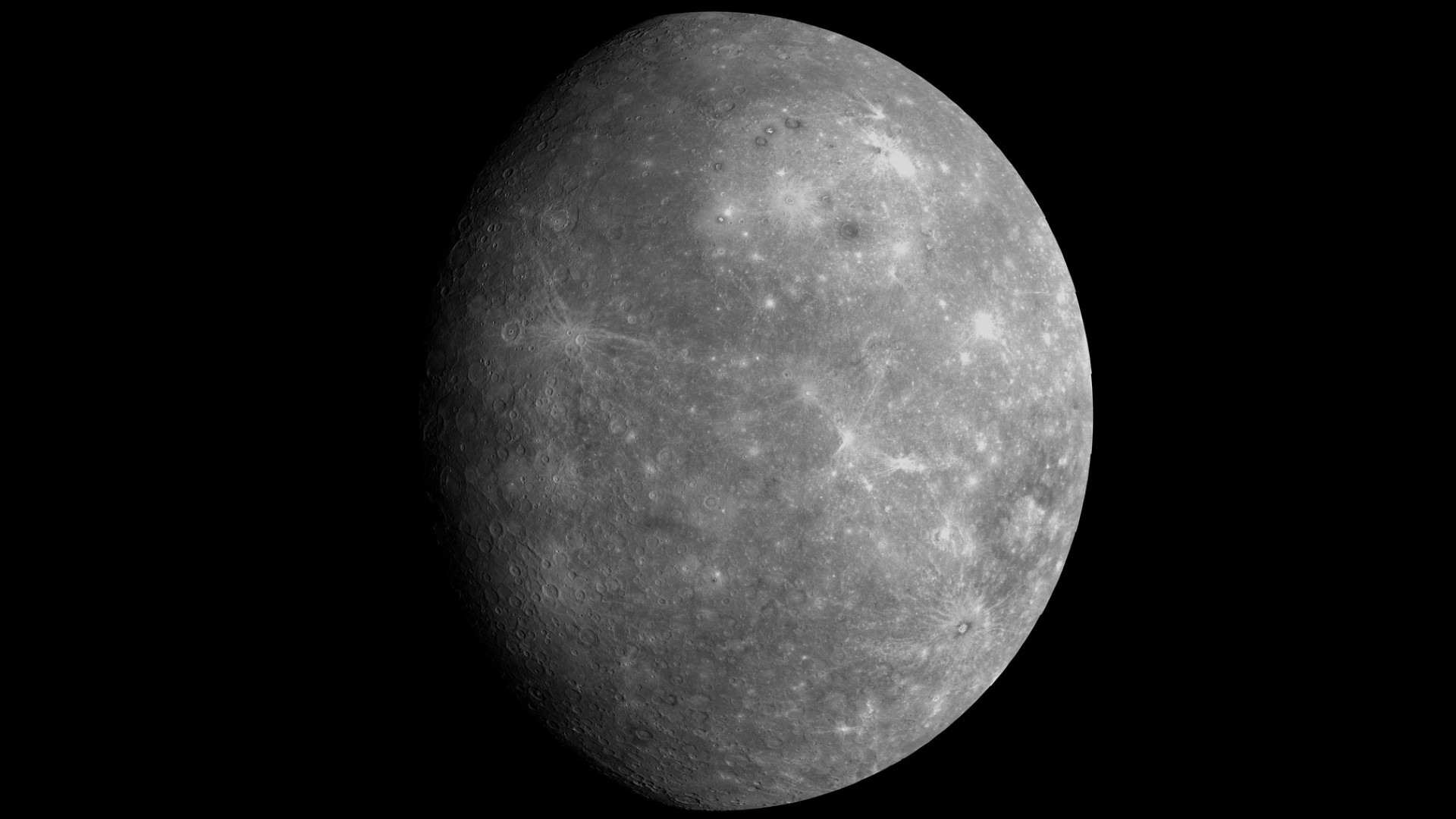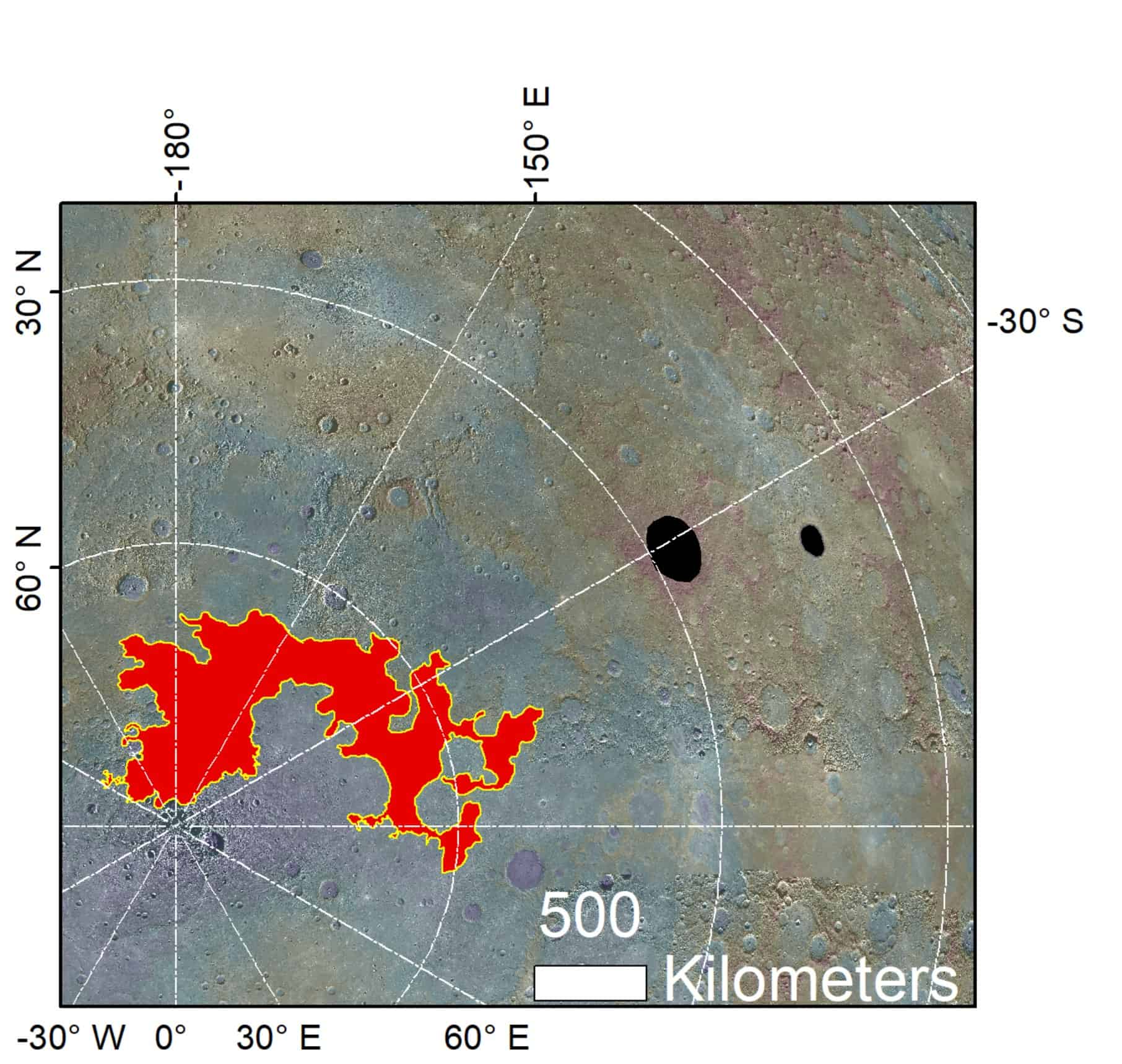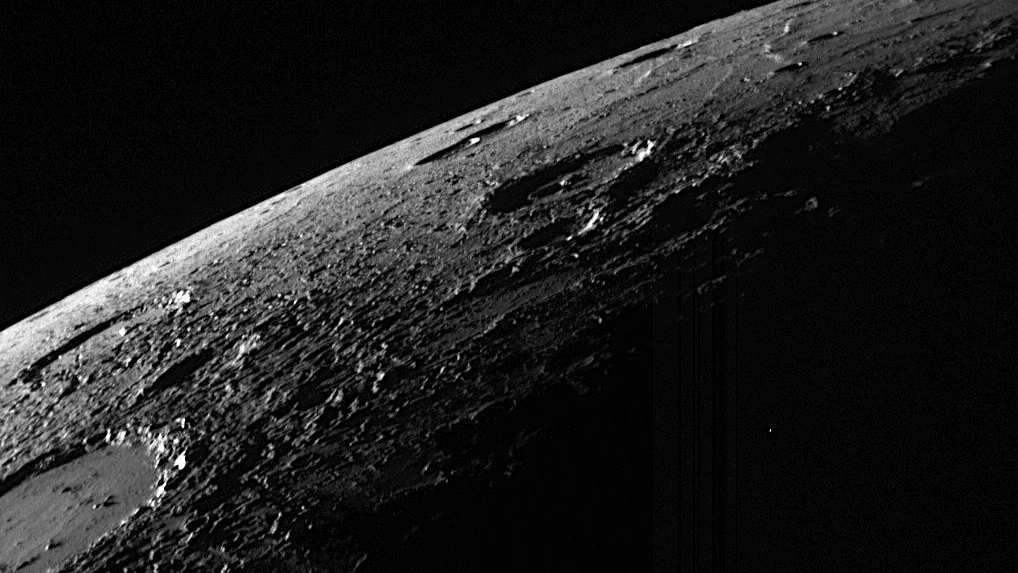
Scientists have discovered that salt glaciers may exist on Mercury, the closest planet to the sun and the solar system's smallest world. The discovery could show that even the most volatile conditions in the inner solar system may occasionally echo conditions found on Earth.
The team's findings complement recent discoveries that revealed Pluto has nitrogen glaciers. As Pluto exists on the far side of the solar system, the two discoveries imply that the glaciation extends from the hottest regions of the solar system, close to the sun, out to its frigid outer limits.
Even more exciting, scientists from the Planetary Science Institute (PSI) believe that these salt glaciers might create the right conditions for life, similar to some of the extreme environments on Earth where microbial life flourishes. "Specific salt compounds on Earth create habitable niches even in some of the harshest environments where they occur, such as the arid Atacama Desert in Chile," research lead author and PSI scientist Alexis Rodriguez said in a statement. "This line of thinking leads us to ponder the possibility of subsurface areas on Mercury that might be more hospitable than its harsh surface."
Related: 10 strange Mercury facts
Locations like those highlighted by the team are of pivotal importance because they identify volatile-rich exposures throughout the vastness of multiple planetary landscapes. They also suggest that the solar system could contain so-called "depth-dependent Goldilocks zones," regions on planets and other bodies where life might be able to survive not on the surface, but at specific depths that posses just the right conditions.
"This groundbreaking discovery of Mercurian glaciers extends our comprehension of the environmental parameters that could sustain life, adding a vital dimension to our exploration of astrobiology also relevant to the potential habitability of Mercury-like exoplanets," Rodriguez said.

Mercury may be more volatile-rich than we thought
This research challenges the idea that Mercury is devoid of volatiles, chemical elements and compounds that can be readily vaporized and were vital to the emergence of life on Earth.
It indicates volatiles may be buried below the surface of the tiny planet in Volatile Rich Layers (VRLs). The team has an idea of how these VRLs came to be exposed to the surface of Mercury, too.
"These Mercurian glaciers, distinct from Earth's, originate from deeply buried VRLs exposed by asteroid impacts," research co-author and Planetary Science Institute (PSI) scientist Bryan Travis said. "Our models strongly affirm that salt flow likely produced these glaciers and that after their emplacement, they retained volatiles for over 1 billion years."
The team thinks that the glaciers of Mercury are arranged in a complex configuration with hollows that form young "sublimation pits" — with sublimation being the process by which a solid is instantly transformed into a gas skipping a liquid phase.
"These hollows exhibit depths that account for a significant portion of the overall glacier thickness, indicating their bulk retention of a volatile-rich composition," PSI scientist and team member Deborah Domingue said. "These hollows are conspicuously absent from surrounding crater floors and walls."
Domingue added that this observation, by showing that asteroid impacts revealed VRLs, provides a coherent solution to a previously unexplained phenomenon — the seeming correlation between hollows and crater interiors. The team's research suggests that clusters of hollows within impact craters may originate from zones of VRL exposure caused by space rock impacts; as the impacts expose the volatiles, they sublimate into gases, leaving the hollows behind.

Salty chaos on Mercury
Rodriguez and colleagues examined the Borealis Chaos to determine the connection between Mercury's glaciers and its chaotic terrain and deduce what might be responsible for the formation of VRLs.
This area is located in Mercury's north polar region and is marked by intricate disintegration patterns that seem significantly large enough to have wiped clear entire populations of craters, some dating as far back as around 4 billion years. Beneath this collapsed layer at the Borealis Chaos is an even more ancient, cratered surface that has been previously identified through gravity studies.
"The juxtaposition of the fragmented upper crust, now forming chaotic terrain, over this gravity-revealed ancient surface suggests that the VRLs were emplaced atop an already solidified landscape," Rodriguez said. "These findings challenge prevailing theories of VRL formation that traditionally centered on mantle differentiation processes, where minerals separate into different layers within the planet's interior. Instead, the evidence suggests a grand-scale structure, possibly stemming from the collapse of a fleeting, hot primordial atmosphere early in Mercury's history."
The PSI team thinks that this atmospheric collapse might have mainly occurred during the extended nighttime periods on Mercury when the planet's surface was not exposed to the sun's intense heat, leading temperatures to drop from around 800 degrees Fahrenheit (430 degrees Celsius) — hot enough to melt lead — to minus 290 degrees Fahrenheit (minus 180 degrees Celsius).
Salt-dominated VRLs on Mercury may have also grown extensively due to underwater depositions, an idea that also represents a significant departure from prior theories about the early geology of the closest planet to the sun.
"In this scenario, water released through volcanic degassing may have temporarily created pools or shallow seas of liquid or supercritical water like a dense, highly salty steam, allowing salt deposits to settle," team member and PSI researcher Jeffrey S. Kargel said. "Subsequent rapid loss of water into space and trapping of water in hydrated minerals in the crust would have left behind a salt- and clay mineral-dominated layer, which progressively built up into thick deposits."
The team's research is published in the Planetary Science Journal.







